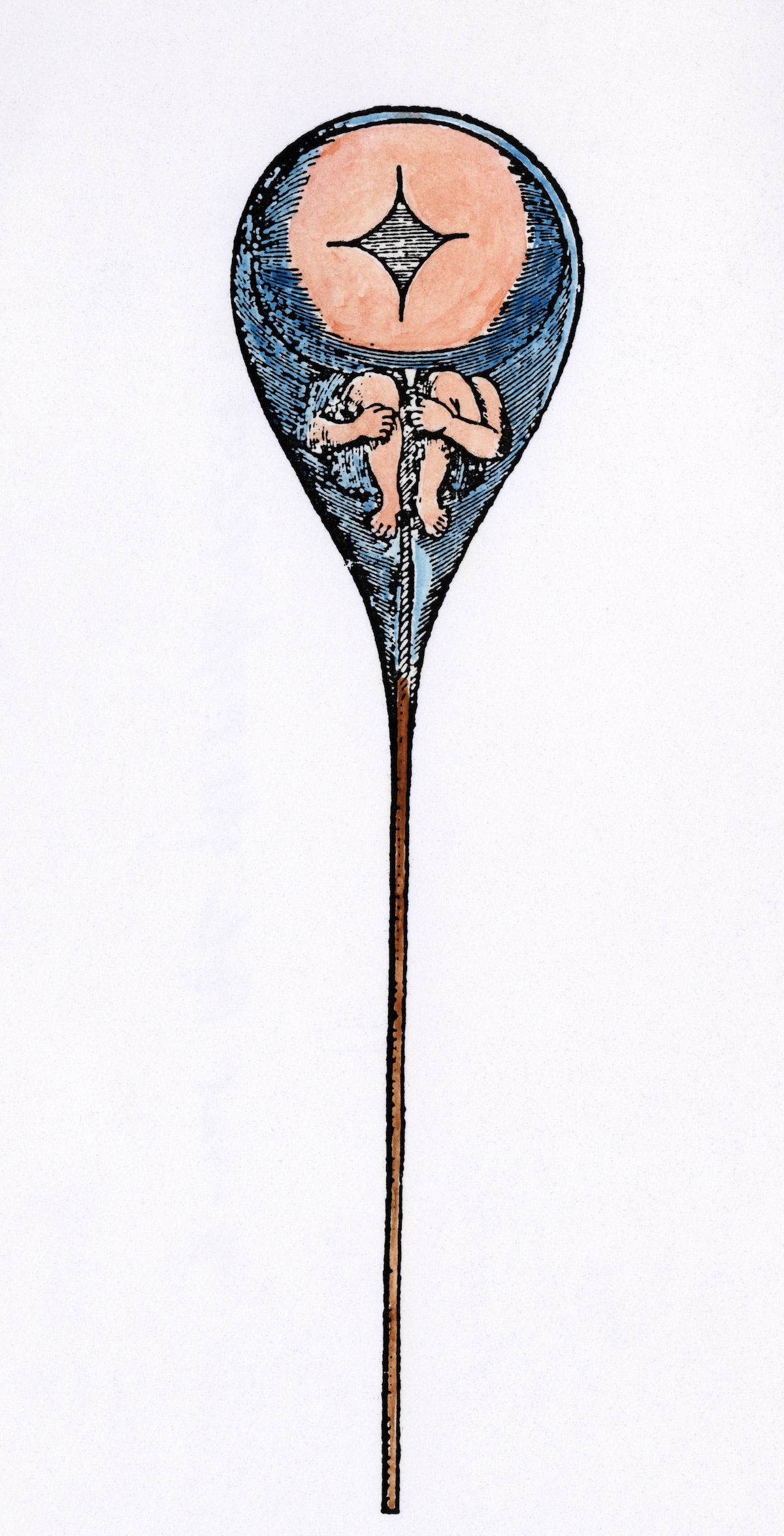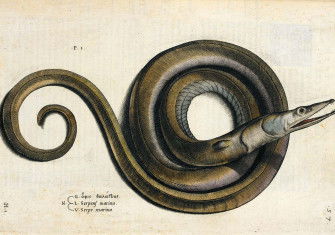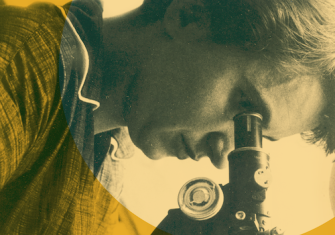Solving the Riddle of Reproduction
Where does new life come from? According to one theory that held sway until the 18th century, it’s all been there from the very beginning.

Science claims to be objective, yet both its past and its present are riddled with myths. Stories that have repeatedly been proved wrong continue to be told – that Isaac Newton conceived the theory of gravity because of a falling apple, or that Charles Darwin found clinching evidence for evolution when he studied finches on the Galapagos Islands. While such fables are easy to dismiss, fairytales survive at the very heart of scientific knowledge.
Consider reproduction. According to traditional accounts, a female egg waits patiently inside her owner’s womb like Sleeping Beauty imprisoned in a castle. At last, a troop of valiant knights arrives to rescue this damsel in distress, vying against each other until the fastest and the strongest breaks through her fortifications to ensure his genetic survival. Recent research favours an alternative scenario that emphasises the female role. Metaphorically, spermatic soldiers thrash about enthusiastically but ineffectually until the egg gently guides them in the right direction, temporarily lowering her chemical defences to admit a suitor.







